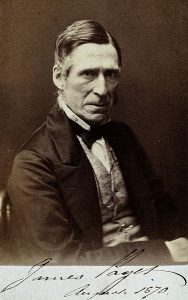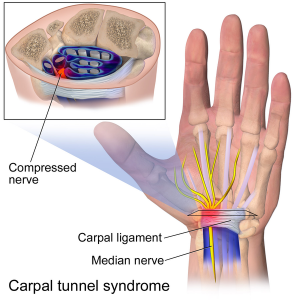Carpal Tunnel (A.K.A. My Hand is Numb, Tingly, and I Can’t Sleep!)
Carpal Tunnel Syndrome (CTS) is the most common compression neuropathy of the upper extremities. The first case was documented by Sir James Paget in 1854. He described a patient who had a rope tied tightly around his wrist and experienced such unrelenting pain and parasthesia that he required an amputation. Fortunately, modern day CTS treatments are less drastic!
The term “Carpal Tunnel Syndrome” was coined in 1938 by the neurologist Moersch. It did not become a well-defined clinical entity until George Phalen began his work in the 1950s. Phalen examined hundreds of hands afflicted with a similar constellation of symptoms and concluded that:
“The median nerve is easily compressed by any condition that increases the volume of the structures within the carpal tunnel.”
Fast forward to the present day. CTS is now treated successfully with a variety of non-operative and operative means. Nighttime splinting is a good first line of treatment for people who are experiencing a numb and tingly hand and have trouble sleeping at night. Splints aim to keep the wrist out of the flexed position that can compress the median nerve and produce painful symptoms.
For those select patients who find that non-operative treatments do not work or those who immediately present with advanced neuropathy, a surgical approach may be considered. Incising the ligament (which is the roof of the carpal tunnel) has proven to be a very effective treatment. While this procedure was initially performed as an “open procedure” through a 4 to 5 centimeter incision, mini-open and endoscopic alternatives are now offered. The primary advantages of these less invasive techniques are a faster recovery and excellent results.


